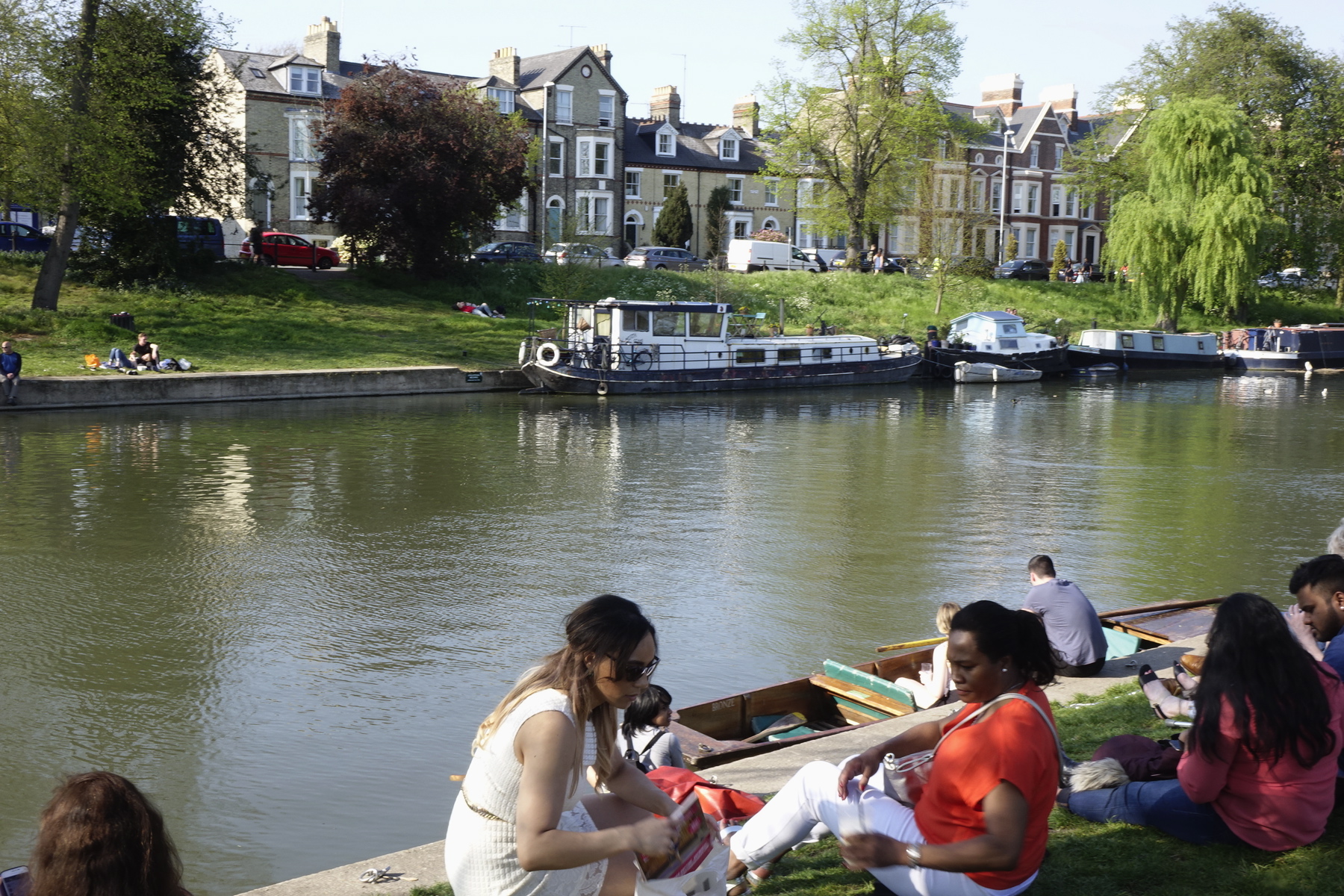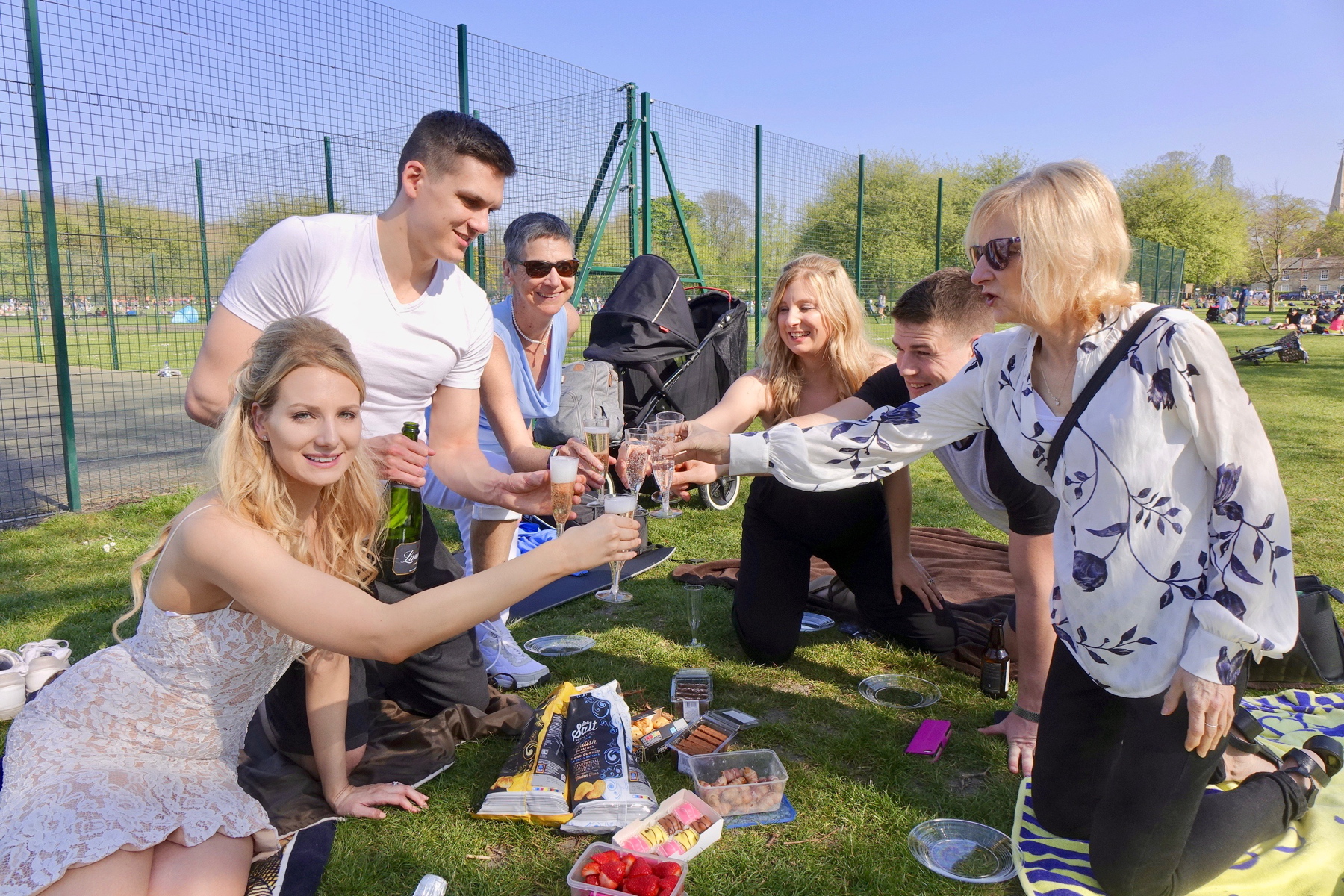 I went to Cambridge, the prestigious medieval university, only as a tourist, but boy did I get educated. Though my former students have attended these hallowed grounds, I felt like a dunce when I realized Cambridge was not one central institution, but actually 31 different colleges under the administrative umbrella of the University. The colleges, established between the 11th and 15th centuries, have unique, individual histories.
I went to Cambridge, the prestigious medieval university, only as a tourist, but boy did I get educated. Though my former students have attended these hallowed grounds, I felt like a dunce when I realized Cambridge was not one central institution, but actually 31 different colleges under the administrative umbrella of the University. The colleges, established between the 11th and 15th centuries, have unique, individual histories.
In 1209, after a dispute with the townspeople, scholars from Oxford University left and established Cambridge University 80 miles away. Today Cambridge is the second oldest English-speaking university and one of the top ranked institutes in the world.
But a visit to Cambridge entails more than just admiring the stately architecture of buildings spanning over 800 years. Part of the intrigue includes people watching from outdoor café’s, pubs and eateries that line the streets and on the boardwalk along the River Cam. Or do like we did, bring your own picnic and head for the park to truly savor the show.
Under a shaded spot near the tennis courts of the central park, we spread out blankets, baskets and baby and enjoyed the beehive of activity on a gorgeous spring day, amidst co-eds, families and friends of all ethnicities.We popped a bottle in Charlotte’s baby’s chubby cheeks, unwrapped the grown ups’ goodies and toasted our son and his fiancée in an eclectic picnic. Pigs in a blanket, pork and  cheese rolls, salt & vinegar crisps (chips) were followed by sweets – brownies, French cakes – pink, chocolate and yellow frosted squares and strawberries.
cheese rolls, salt & vinegar crisps (chips) were followed by sweets – brownies, French cakes – pink, chocolate and yellow frosted squares and strawberries.
After hearty appetizers, we walked around Cambridge stopping to take photos of historic spots like the Round Church, a city landmark. The Church of the Holy Sepulcher, made of the same chalky limestone used throughout the city, remains one of only four medieval round churches in England.
Though this church is not affiliated with Cambridge University, the ecclesial influences can be seen in most of the old colleges, which boast of private chapels of architectural wonder.
The most famous, King’s College Chapel, is an example of late medieval a rchitecture, and known for it stained glass windows whose refracted light creates incredible beauty under the vaulted ceiling. The chapel, a Tudor masterpiece, commissioned by Henry VII, was completed under Henry VIII reign.
rchitecture, and known for it stained glass windows whose refracted light creates incredible beauty under the vaulted ceiling. The chapel, a Tudor masterpiece, commissioned by Henry VII, was completed under Henry VIII reign.
Lady Margaret Beaufort, mother of King Henry VII, founded one of the oldest and largest colleges in Cambridge, St John’s, in 1509. Her crest appears over the main entrance to the college.
Peterhouse, founded in 1284, claims the title as the oldest college at Cambridge. Sidney Sussex College dating back to 1596 is the “youngest.”
Until 1869 Cambridge was only open to men. Girton College was founded for women in that year, to be followed two years later by Newnham. Churchill, Clare and King’s were the first previously all-male colleges to admit female undergraduates in 1972.
Cambridge’s former alumni include Sir Isaac Newton, Charles Darwin, Lord Byron, Stephen Hawkins and other Nobel Laureates.
One of my brightest former basketball players attends Cambridge and I look forward hearing what it feels like to graduate from such a famous center of learning.
As for me, I felt smarter just strolling the streets of town and walking in the footsteps of some of our world’s finest scholars.


 When my son’s British fiancé told us we were celebrating their engagement by going punting in Cambridge, I imagined kicking the pigskin around a ballpark. But the English don’t play American football. Then I thought it must have something to do with rugby, as her brother-in-law is an avid rugby man.
When my son’s British fiancé told us we were celebrating their engagement by going punting in Cambridge, I imagined kicking the pigskin around a ballpark. But the English don’t play American football. Then I thought it must have something to do with rugby, as her brother-in-law is an avid rugby man. A person navigates by standing on the till (known as the deck) at the back, not paddling, but poling. It looks easy. It’s not. Imagine trying to propel a dozen hefty passengers forward by pushing off the river bottom with a pole vault stick.
A person navigates by standing on the till (known as the deck) at the back, not paddling, but poling. It looks easy. It’s not. Imagine trying to propel a dozen hefty passengers forward by pushing off the river bottom with a pole vault stick.
 “On your right is St. John’s,” our guide said, “one of the oldest and most celebrated colleges in Cambridge.”
“On your right is St. John’s,” our guide said, “one of the oldest and most celebrated colleges in Cambridge.”
